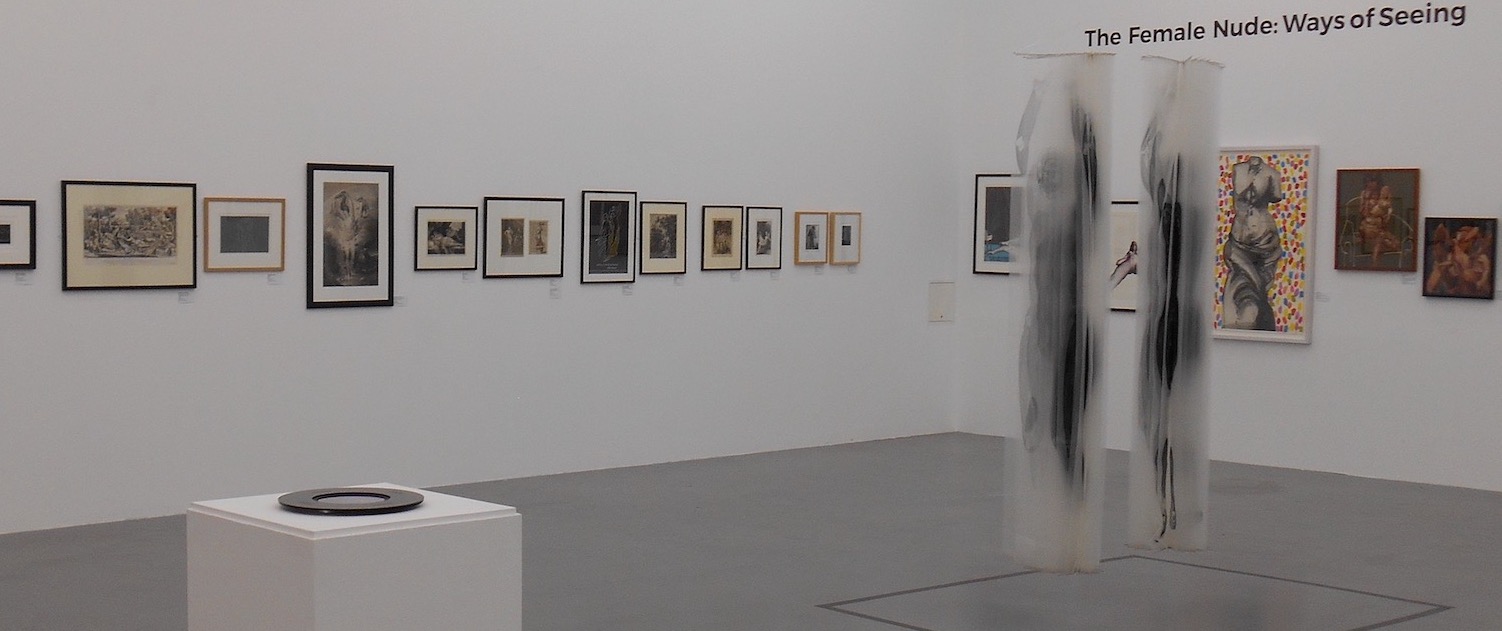This text is a reflective commentary on the practical task of producing a fashion show for the module Costume & Fashion.

Cues.
During my youth and driven by financial necessity, dressing well meant scouring jumble sales and charity shops for clobber I could alter and enhance to suit my own sartorial tastes. The advent of Punk music and attitude meant I could express myself through my clothing in wilder and more individual ways. Why just stop at annoying my parents when I could get up everyone’s nose! Later in life I continued to scour for fine vintage and second-hand clothing, building what I thought would be a wardrobe for life. The moths, however, put paid to that. The coursework on this module, most especially the Punk and Deconstructivist elements, and the free-wheeling, style hi-jacking traits of both have once again brought the rag-picker out in me. This is why repurposing and transforming of an item of a traditional piece of clothing with a visually subtle global brand held appeal. True to my Punk roots, I would use only the cheapest and most widely available materials and plunder my own stock of small treasures and found materials. That, combined with old redundant workwear and items of fast fashion would complete the ensemble.

Costs.
Classic mens dress suit – charity shop – £14.00.
Own work jeans, two pairs – no cost.
Primark hoody and tee-shirt – £11.00.
Assorted pre-owned fixings and shiny old tat – no cost.
One pair of sterling silver testicles made by my son – no cost.
Misc. sewing materials – less than £10.00.

Preparation and completion.
Once I had decided on the core design and had bought the dress suit, I spent a few days on the layout and experimented with various accessories. I also spent time looking at the works of designers we had studied on the course, in particular, Vivienne Westwood, Jean-Paul Gaultier, John Galliano, Martin Margiela and Hussein Chalayan. I wanted to make a bold statement, so vintage denim against classic men’s attire fitted the bill; I wanted to emphasise the home-made quality of the garment, so decided on blanket-stitch applique picking out the red of the classic Levi logo in wool and cotton yarns. Measuring and chalking out the positions of the various pockets was the easy part; the hand sewing was murder, due to the many layers of linings, hemmings and the heavy-duty nature of all the fabrics. Pinning out the elements, prior to sewing proved impossible (many, many bent pins), so I hit on the idea of piercing the fabric with a craft knife and securing with heavy duty cable ties, which I would leave visible in the final piece. The trousers were easier, so I simply tacked them in place before the final fix; I also didn’t want to sit on hard plastic fixings! I took care to leave a bit of bagging in the pockets to preserve the natural line of the denim and also prevent puckering in the suit itself. To add flamboyance to the outfit and also re-stress the glamorous and ‘special occasion’ nature of the dress suit I added multiple showy cufflinks and a faux Cartier Tank watch. As the suit jacket is rather big and baggy, I personalised it with a back cinch from some old Levi Engineered jeans for a better fit. To further embellish the black suit trousers, I decided to do some traditional frogging down the fancy outer satin leg seam. A nod to Galliano and military/pirate frivolity. I am also working on a hidden, transformative element to the outfit that will only be revealed in the fashion show itself; a bit of a Chalayan moment.

I have really relished the sharing of skills, insight and knowledge within the group, I am an old dodder who has been refreshed the whole experience. Lets see if we are still talking after the show itself!
I think that I have achieved my goal of an outfit that fits our original brief, but is also playful, mocking of the perceived importance of fashion branding, but wi ll take a well-earned place in my diminished wardrobe.


